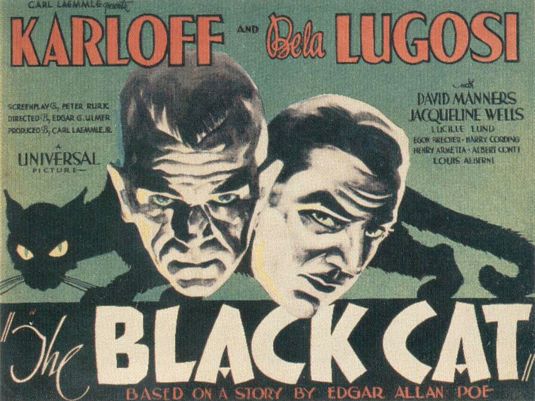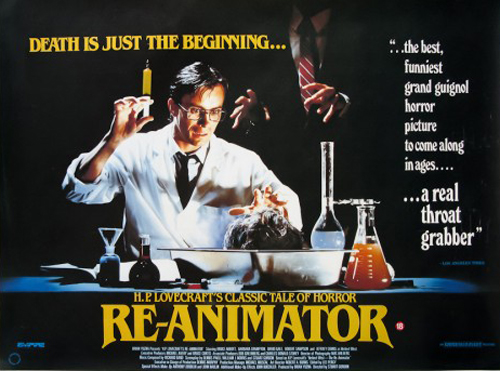
“I’m…hungry.”
When you or I mutter those words, it might foreshadow an assault on the refrigerator or a quick trip to a favorite gastropub.
But when Boris Karloff utters those words, with his trademark eye twinkle and lip curl, you’d better get yourself and your loved ones inside and lock all the doors and windows.
Such is the lesson of Black Sabbath.
The anthology format has long been a staple of the horror film: bite-size stories strung together either by common source author (1962’s Tales of Terror or 1963’s Twice Told Tales), common creative hook (1983’s Twilight Zone: The Movie or 2012’s V/H/S), some sort of common thread that binds the stories together (1988’s Waxworks or 2007’s Trick ‘r Treat), or some other hook.
1963’s Black Sabbath is neither the first nor the best of that tradition, but in uniting Italian master Mario Bava with horror icon Karloff, the film carves out its own delightful niche in horror history.
In addition to starring in one of the three tales of the film, Karloff “hosts” Black Sabbath in a series of cheesy (some might say unfortunate) introductions that offer a few chuckles but function exclusively to get us from one story to the next.

The first story, called “The Drop of Water”, is set in London and follows the misadventures of an outcall nurse who gets summoned in the middle of the night to prepare the corpse of a witch who died in her mansion home overnight. When the nurse makes the fatal decision to steal the witch’s ring off her hand while she dresses the body, it sets in motion a nightmarish evening of otherworldly revenge. “The Drop of Water” is classic Bava, with gothic atmosphere; sudden, startling images; and a slow march toward inevitable revenge. The first glimpse we see of the dead witch in her bed—crazy eyes wide open, lips curled back in a menacing smile—does send chills up and down the spine, and “The Drop of Water” ends up to be a largely satisfying first chapter of the film.

“The Telephone”, the second of the three tales, involves a French call-girl who returns home from “work” one evening and begins to receive a series of threatening telephone calls that escalate in their intensity over the course of the night. The sexuality of “The Telephone” is pervasive, not only in the long, lingering shots of lead Michele Mercier’s perfect body and her suggestively sensual interactions with the woman she calls for help, but also in the violently sexual overtones of the threats she suffers. In “The Telephone”, suspense and teasing are two side of the same coin, as are fear and titillation, desire and hatred, and sex and violence. And it is all practically incomprehensible. The original Italian version of the film planted this story firmly in the real world; but in adapting this sequence for American release, changes were made to add supernatural elements to the story. Those changes completely muddle the tale and ultimately undermine the segment, making it by far the weakest of the three.

The coup de grace, however, is the third segment, “The Wurdalak”, featuring Karloff as Gorca, an elderly Russian vampire-like creature who must feast on the blood of those he loves in order to survive. Bold and atmospheric, “The Wurdalak” feels like the perfect mesh of classic Italian horror and the sensibilities of American International Pictures (AIP), the famous low-budget American studio that distributed Black Sabbath in the United States. A feast of classic horror tropes, “The Wurdalak” offers up vampires stalking the rubble of ruined castles, a baleful child demon, savagery and seduction, and Karloff. Oh Karloff! The horror icon rumbles through “The Wurdalak” like a force of nature, menacing and tragic at the same time, playful but intense, a vintage performance from a master of horror.
Ultimately, Black Sabbath is a bit too uneven to qualify as a total triumph, but the first and last segments offer enough simple pleasures and jolts and scares to satisfy any classic horror lover’s appetite.
Like Karloff’s Gorca, you may start the proceedings with a gnawing hunger that you can’t quite understand, but by the end of Black Sabbath you will have found yourself well-fed and gratified.

















